Starship uncrewed lunar lander test a “skeleton” of crewed lander
Original Publication Date: 2022-08-24 10:58
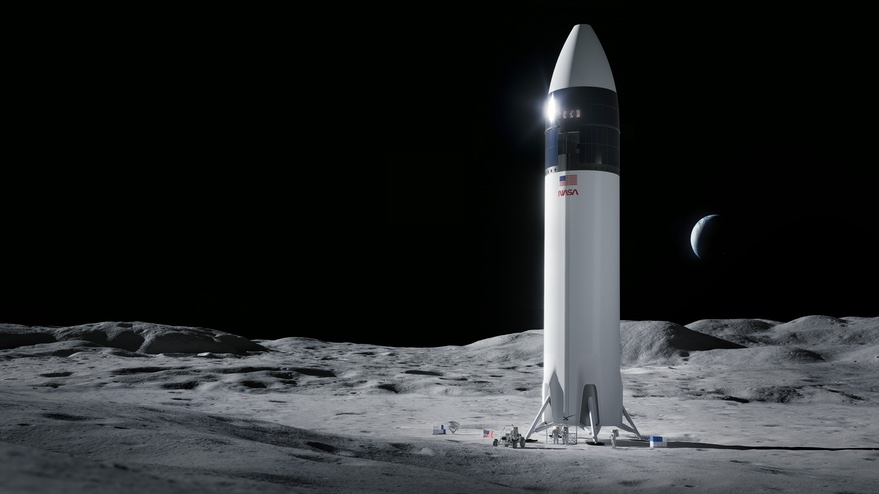
SpaceX Starship that will land on the moon an on uncrewed test flight may only be a "skeleton" Of the version of that will carry people on the Artemis 3 mission. That uncrewed landing, scheduled for no earlier than 2024, is a key test ahead of the crewed Artemis 3 mission.
Report: Industry has to face reality that commercial satellites will be targets in war
Original Publication Date: 2022-08-23 19:41
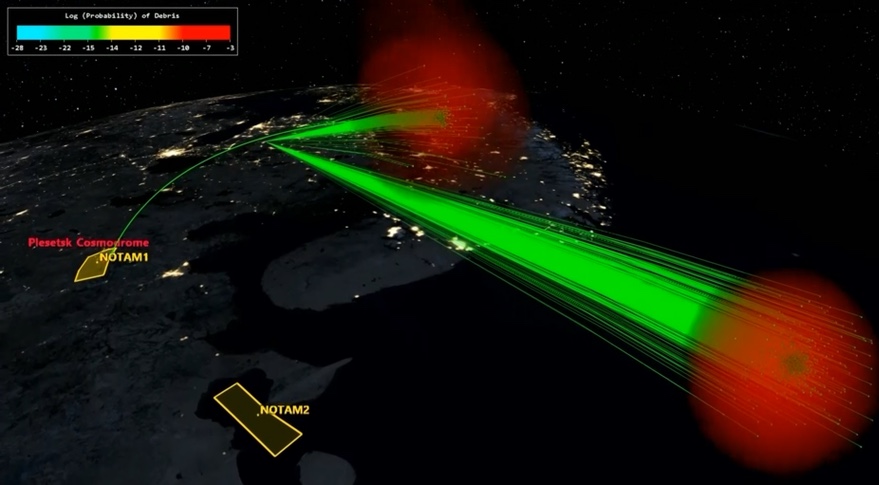
Commercial satellites have crossed the Rubicon, a new report says. Companies need to figure out how they will cope with the prospect of intentional or accidental attacks. The Ukraine conflict is the first commercial space war, experts say. Commercial space companies should consider getting directly or indirectly involved in international efforts to develop norms.
ESA ready for “historic” Artemis 1 mission
Original Publication Date: 2022-08-25 11:59
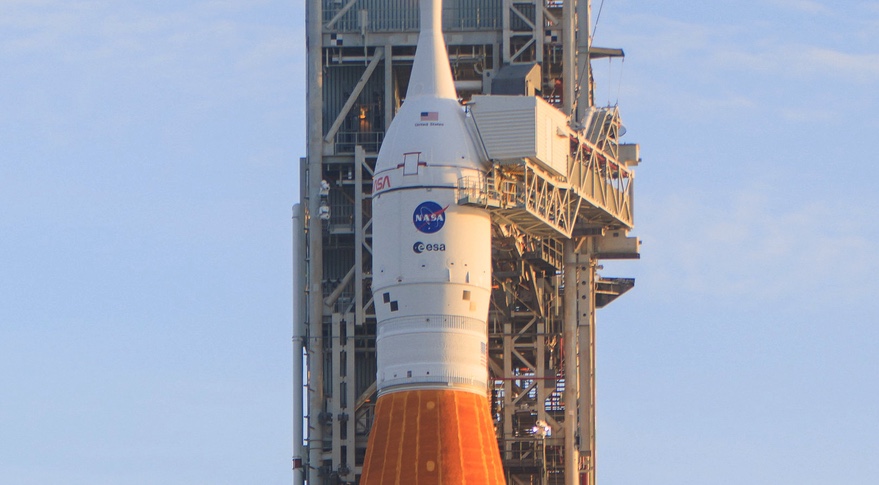
European Space Agency's major contribution to the mission is the ESM. The ESM provides power, propulsion, life support and other services for Orion. In exchange for the service modules, ESA will receive three seats on future Artemis missions. ESA is also in the final stages of selecting a new astronaut class.
NASA astronaut ready for Soyuz flight to ISS
Original Publication Date: 2022-08-25 11:02
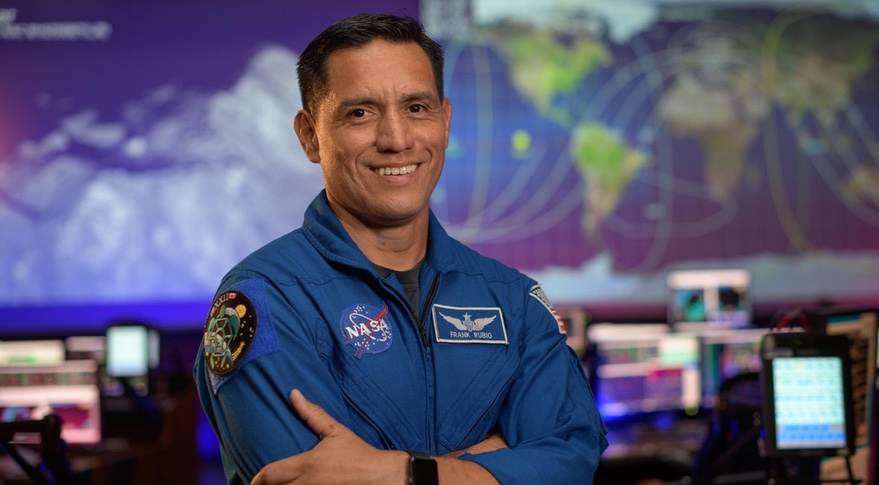
Frank Rubio is scheduled to launch to the ISS Sept. 21 on the Soyuz MS-22 spacecraft. He will spend six months on the station as part of the Expedition 68 crew. Rubio is the first to fly under an “integrated crews’ or seat barter agreement.
‘State of the space industrial base’ report calls for national plan to compete with China
Original Publication Date: 2022-08-24 20:39

The report urges the U.S. Government to lay out a national strategy for space. It says the United States should embrace the private sector as a key partner. The 110-page report was developed over two workshops held earlier this year. It echoes the themes of previous editions.
Megaconstellation startup E-Space expands leadership team
Original Publication Date: 2022-08-24 17:31

E-Space has expanded its leadership team as the startup prepares to start serial production next year. Gunjan Murarka, chief financial officer of small satellite maker LeoStella, has taken the same role at E-Space. Dalibor Djuran, a former director of satellite manufacturing at Earth observation operator Planet Labs, also joined E-Space. E-Space plans to build all its satellites in-house.
NASASpaceFlight.com
The SSLV or Small Satellite Launch Vehicle conducted its launch debut from Sriharikota, India on Sunday, August 7. An issue with the fourth stage resulted in the satellites being deployed in an unusable orbit. The SSLV program’s genesis was a December 2015 National Institute of Advanced Studies proposal to create a “Small Satellite Launch Vehicle-1”
Commercial Archives
SpaceX has launched another batch of Starlink satellites into Low-Earth Orbit (LEO) onboard a Falcon 9 rocket. Liftoff occurred on Friday, August 19 at 3:21:20 PM EDT (19:21:20 UTC) from Space Launch Complex 40 (SLC-40)
International Archives
The Chinese space sector has been very busy this year, averaging approximately one orbital launch attempt per week. The Kuaizhou-1A (KZ-1A) and Chang Zheng 2D rockets carried out one mission each. KZ-1A lofted the Chuangzin-16 payload to orbit while CA-2D took the Beijing 3D satellite to space.
Chinese Long March 3B Launches APStar-6C Communications Satellite – Spaceflight101

China conducted a rare commercial launch of a Long March 3B rocket with the APStar-6C communications satellite. Long March 3B lifted off from the Xichang Satellite Launch Center at 16:06 UTC on a mission of under half an hour to lift the spacecraft into an elliptical Geostationary Transfer Orbit. Confirmation of launch success was provided by APT Satellite around 40 minutes after liftoff when the satellite had been separated into its target orbit.
Blue Origin’s New Shepard Reaches new Heights in latest Test Flight – Spaceflight101

Blue Origin's New Shepard reached a peak altitude of 107 Kilometers on Sunday. Sunday’s flight was the eighth in Blue Origin’s New Shepard flight test program. New Shepard 1 and 2 provided Blue Origin with a number of important lessons regarding the operational aspects of their missions as well as the re-usability elements of the craft.
ISS Updates – Spaceflight101 – International Space Station

A veteran NASA spacewalker and an EVA rookie from Japan ended their week with nearly six hours of work outside the International Space Station. The restoration of the Station’s Mobile Servicing System started last year and continued in January to provide Canadarm2 with a new pair of grappling hands.
Featured – Spaceflight101

SpaceX Falcon 9 takes to the skies over Florida’s Cape Canaveral Monday afternoon. The flight-proven Dragon spacecraft will deliver science gear, supplies and maintenance hardware to the International Space Station. It is the first of at least six cargo ships inbound to the U.S. Segment of ISS this year.
News – Spaceflight101

Europe's Copernicus satellite fleet is gearing up for the arrival of its next addition on Wednesday. A Russian Rockot booster set to blast off from the Plesetsk Cosmodrome at 17:57 UTC with the Sentinel-3B multi-function satellite. Read more
Re-Entry: Long March 11 Rocket Body – Spaceflight101

The CZ-11 fourth stage used leftover propellant for a partial de-orbit maneuver, lowering its perigee to 120 Kilometers to significantly accelerate its orbital decay. It is reportedly built around a YF-50 main engine and in a nominal mission conducts the orbital circularization after the three CZ-11 stages finish their job.
NASA Scientists Help Probe Dark Energy by Testing Gravity
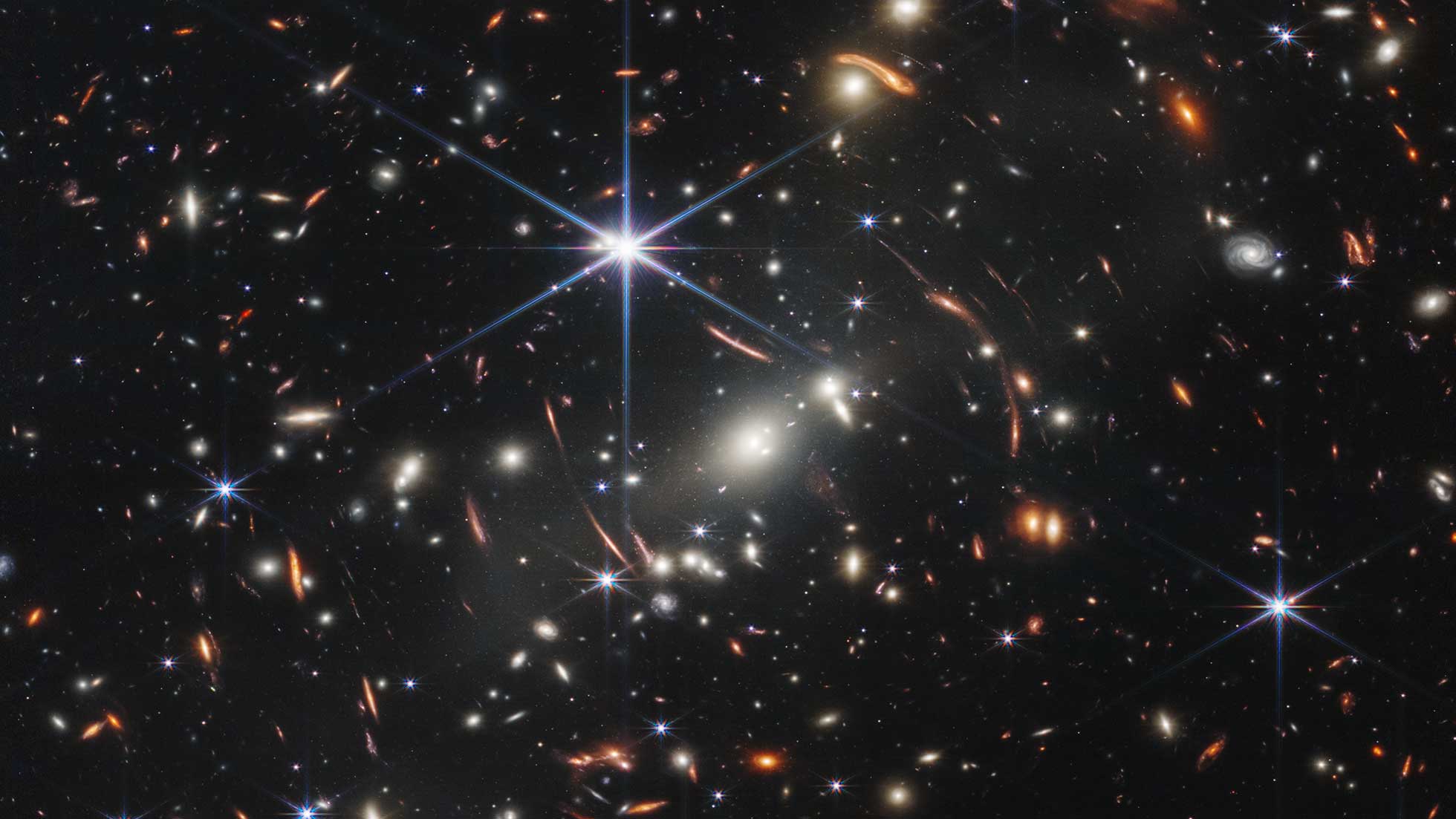
The study is one of the most precise tests yet of Albert Einstein’s theory of gravity at cosmic scales. The research will feed into two upcoming missions: ESA’s Euclid mission, slated for launch no earlier than 2023, and NASA’s Nancy Grace Roman Space Telescope, targeted for launch no later than May 2027.
45 Years Ago: Voyager 2 Begins Its Epic Journey to the Outer Planets and Beyond

Voyager 2 carried out the first close-up observations of Uranus between Nov. 4, 1985, and Feb. 25, 1986. It returned more than 7,000 photographs of the planet, its rings and moons, discovering two new rings and 11 new moons. Voyager 2 took advantage of Uranus’ gravity to send it on to its last planetary destination, Neptune.
Voyager, NASA’s Longest-Lived Mission, Logs 45 Years in Space
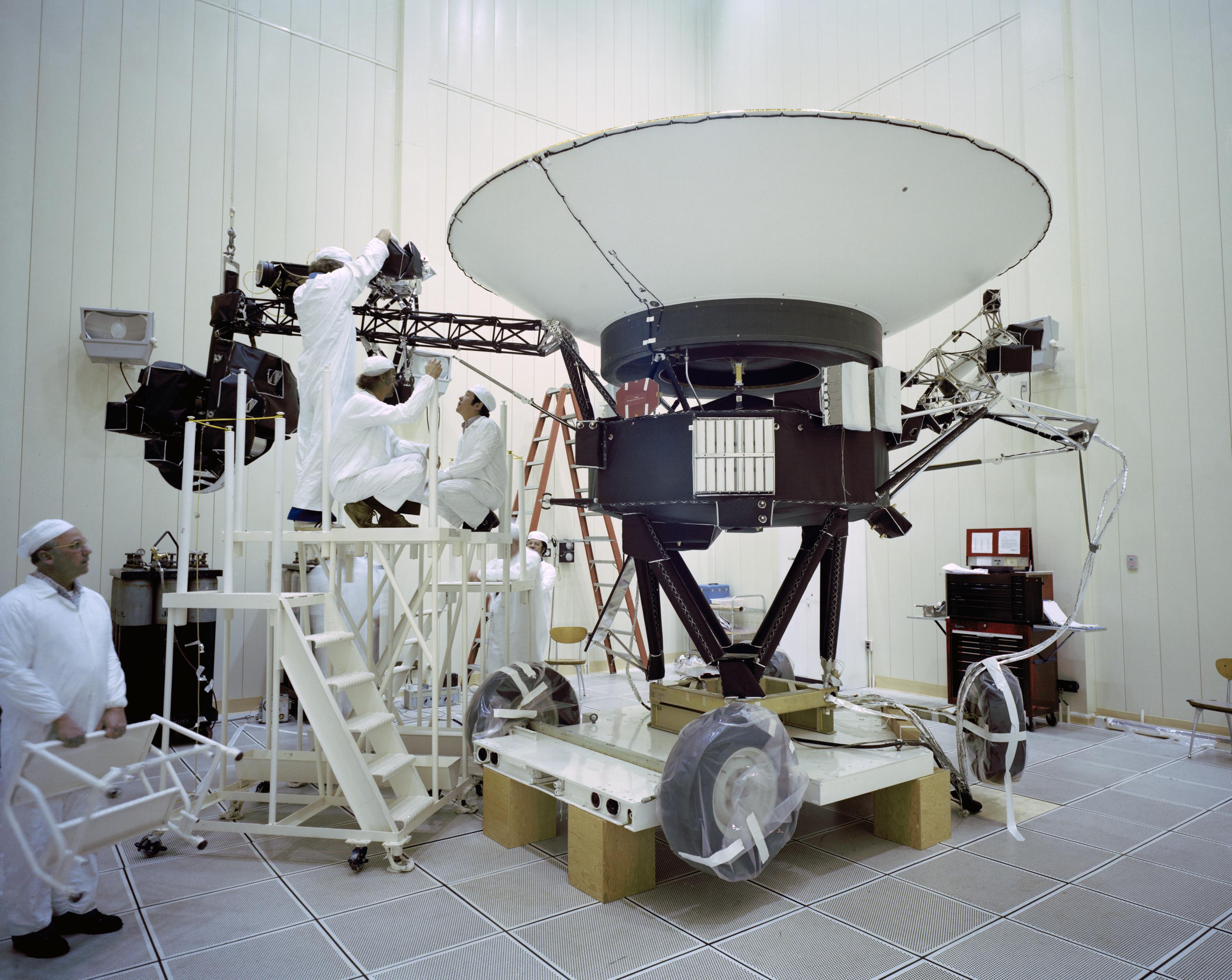
NASA's twin Voyager probes are the only probes to ever explore interstellar space. The Voyagers remain on the cutting edge of space exploration. Researchers are combining Voyager’s observations with data from newer missions to get a more complete picture of our Sun and the heliosphere.
Test Chamber for NASA’s New Cosmic Mapmaker Makes Dramatic Entrance

The custom test chamber was built by the Korean Astronomy and Space Science Institute. It will be used to test SPHEREx’s detectors (essentially its cameras) and optics (the system that collects light from the cosmos) The chamber is designed to cool the detectors to about minus 350 degrees Fahrenheit.
NASA’s Europa Clipper Spacecraft Kicks Assembly Into High Gear
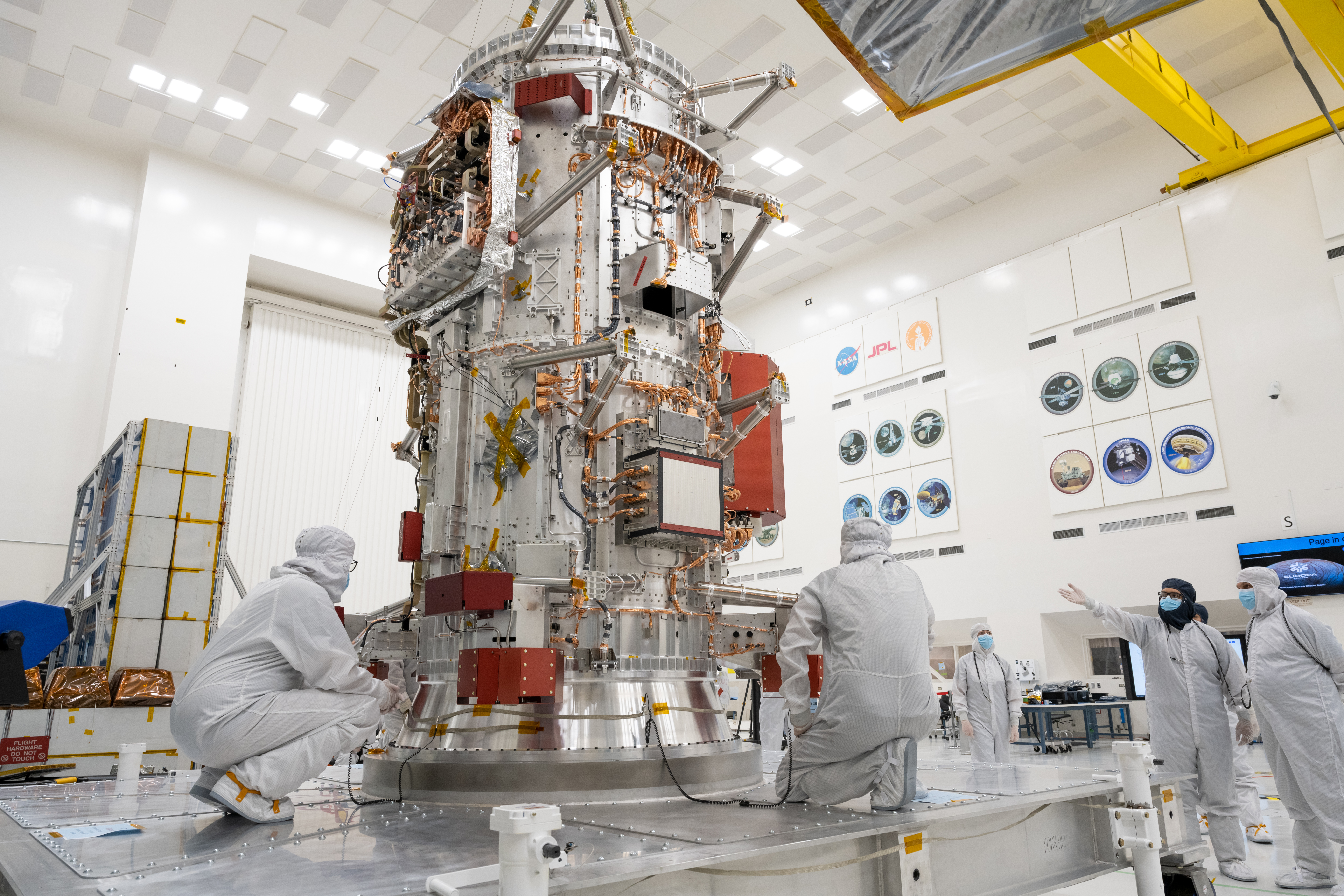
Europa Clipper is not a life-detection mission. It will conduct a detailed exploration of Europa and investigate whether the icy moon, with its subsurface ocean, has the capability to support life. Understanding Europa’s habitability will help scientists better understand how life developed on Earth.
NASA Awards Next-Generation Spaceflight Computing Processor Contract

Microchip is developing the next-generation space-qualified compute processor platform. Current space-qualified computing technology is designed to address the most computationally intensive part of a mission. The processor architecture offers the flexibility for the processing power to ebb and flow depending on current operational requirements.
NASA Studies Find Previously Unknown Loss of Antarctic Ice

Two studies published Aug. 10 reveal unexpected new data about how the Antarctic Ice Sheet has been losing mass in recent decades. Ice loss from calving has weakened the ice shelves and allowed Antarctic glaciers to flow more rapidly to the ocean. Combined, the complementary reports give the most complete view yet of how the frozen continent is changing.
